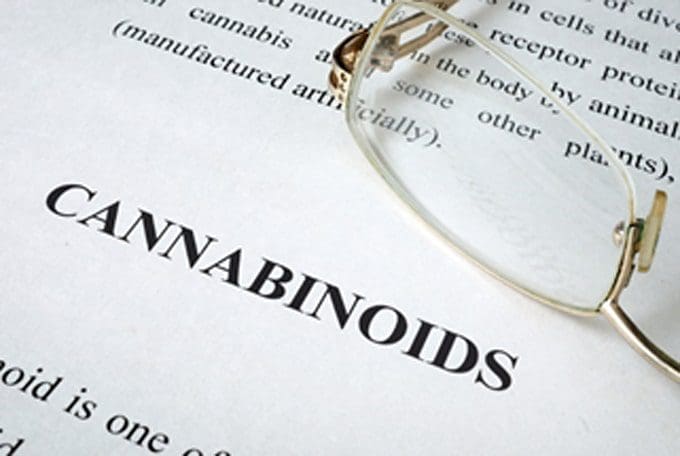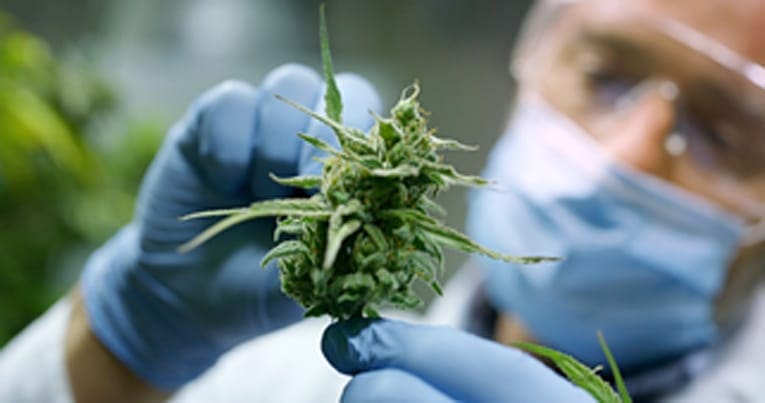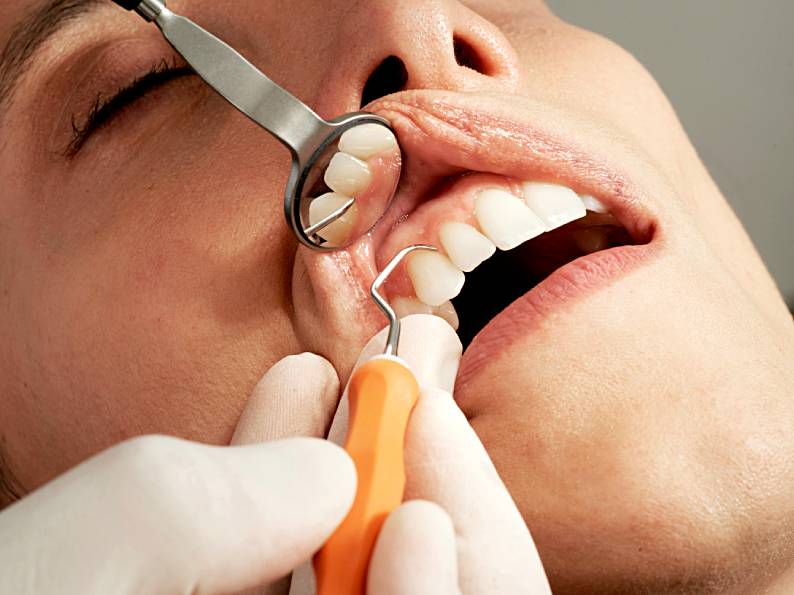words Al Woods

The second-most prevalent cannabinoid in cannabis plants, cannabidiol, CBD for short, has many people excited by its potential as a wonder drug. Already used in an FDA-approved medication for epilepsy, CBD could have dozens of other applications, especially in pain management, depression and anxiety.
As researchers strive to better understand CBD, the compound will undoubtedly assist in at least a few breakthrough treatments for difficult conditions like insomnia and heart disease.
However, CBD isn’t the only cannabinoid — and it isn’t even the only cannabinoid useful in medicinal treatments. Here are a few of the other prominent cannabinoids and their effects on the human body.
THC
Tetrahydrocannabinol (THC), or more specifically delta-9 tetrahydrocannabinol, is by far the most prevalent cannabinoid present in psychoactive marijuana. Admittedly, THC is at least as well-known as CBD; because it is the cannabinoid that causes users to feel high, it is the cannabinoid that makes many people uncomfortable with the idea of using marijuana or legalizing the drug. However, despite THC’s reputation as a no-good cannabinoid, it has dozens of promising applications in medicinal treatments.
This is largely thanks to how THC interacts with the human body. Everyone is equipped with an endocannabinoid system (ECS), which facilitates messages between the brain and the body in an effort to maintain homeostasis, or internal balance despite changes in the external environment. When someone uses a cannabis product with THC, the cannabinoid floods the ECS, overwhelming receptors in the brain, muscles, digestive system and more. On one hand, this prevents the ECS from establishing homeostasis — which is what makes a user feel high. On the other hand, THC disrupts many bodily systems, interrupting many signals of discomfort that might make impact a user’s daily life.
THC is much better understood by researchers than any other cannabinoid because there has largely been much more research devoted to its psychoactive effects. As a result, we have a better understanding of what THC does within the mind and body and how it can help in managing various medical conditions.
In particular, THC is useful in managing a variety of pain conditions, especially chronic pain, as well as conditions associated with muscle spasming and tension and conditions that cause chronic nausea or lack of appetite. However, THC is so promising as a treatment that in some places, like Oklahoma, medical marijuana is accessible to anyone as long as a doctor provides a recommendation.
CBN

Cannabinol (CBN) sounds suspiciously like cannabidiol (CBD) but functions much more similarly to THC. CBN is available in scant quantities in raw marijuana; in fact, it seems to develop only through the degradation of THC, which occurs through exposure to oxygen. As a result, older cannabis flower products tend to have greater CBN content than the fresh stuff, especially if the products are improperly stored in a container with a weak air seal.
Because CBN is not always available in cannabis, it has proven much more difficult to study. Still, scientists believe that this cannabinoid results in a much more powerful sedative effect when combined with THC, which might make it a useful tool in treatments for anxiety or insomnia. Some studies also suggest that CBN contributes to marijuana’s anticonvulsant and anti-inflammatory effects, but more research is necessary before this can be confirmed.
CBG
Cannabigerol (CBG) is a non-psychoactive cannabinoid, like CBD, that serves to protect the plant itself from danger but might have greater applications in medicine and science. Currently, CBG is thought to have antibacterial effects, slowing or killing bacterial growth. CBG is most effective at this task in its acidic form, CBGA, which is present in the raw plant before the drug is decarboxylated, or exposed to heat.
CBG’s antibacterial properties contribute to the belief that most cannabinoids are produced by the cannabis plant to protect it from various threats, like pests, viruses, mold and the like. Some scientists believe that CBG has applications as a cancer-fighting tool, used to inhibit the growth and spread of tumors. However, because we don’t yet understand how CBG interacts with ECS receptors, we need more research before we can deploy this potentially life-saving cannabinoid.
CBC
Cannabichromene (CBC) is a cannabinoid not present in all strains of cannabis, but it remains one of the most prominent cannabinoids in the plant and among the most promising for medical applications. Like CBD and CBG, CBC is not make users high, likely because it does not bind efficiently to ECS receptors — but it does bind quite easily to other receptors in the brain and body, especially those related to pain perception.
As with other cannabinoids, more research is necessary to fully understand CBC. It seems that CBC works best when accompanied by other cannabinoids, specifically THC and CBD. If scientists can find a way to make CBC provide its pain prevention properties on its own, it could become a wonder drug.
In truth, there are hundreds of cannabinoids that modern research has uncovered — but many of these seem to have little impact on human health. By focusing on the cannabinoids we know produce effects on the brain and body, we can use them to great medicinal effect, just like CBD.




